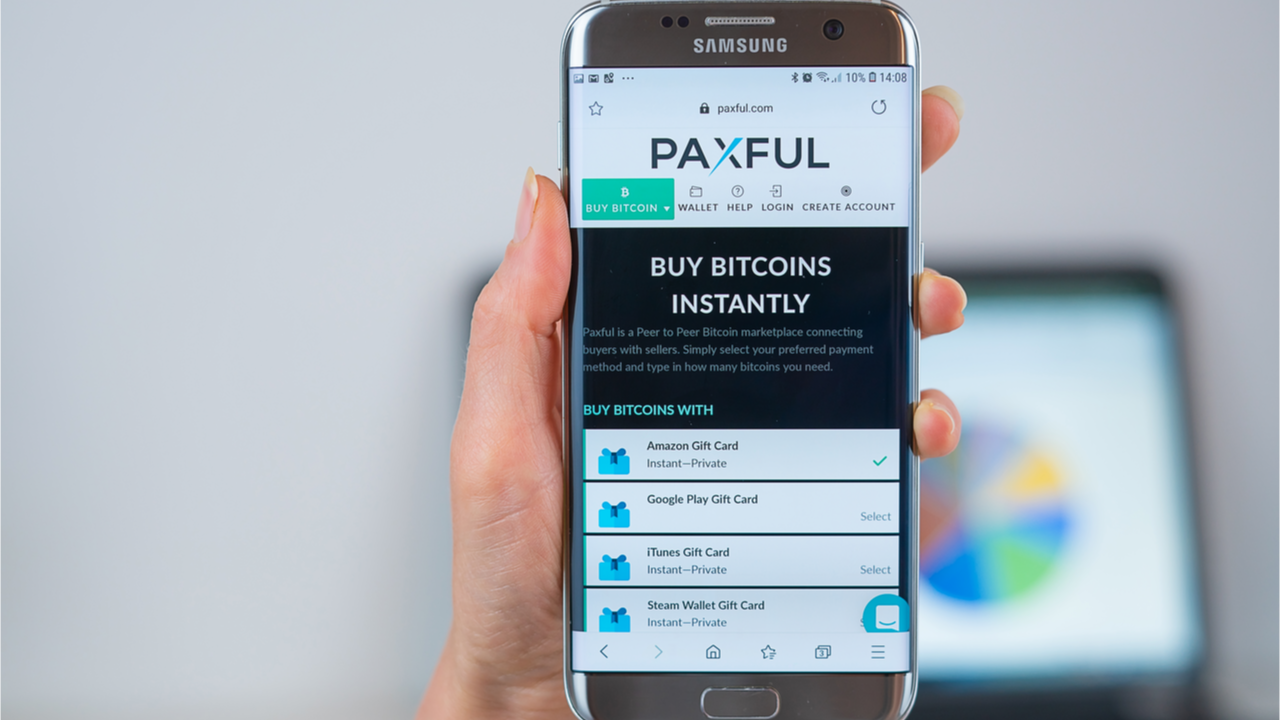Understand the benefits and dangers of blockchain

The global blockchain technology market was valued at $5.92 billion in 2021 and is projected to grow at a compound annual growth rate (CAGR) of 85.9% from 2022 to 2030, according to Grand View Research.
However, determining whether investing in blockchain is safe and worthwhile can still be challenging.

On the one hand, decision makers across organizations tend to perceive blockchain as an essential factor for business growth – 73% of Deloitte’s 2021 Global Blockchain Survey respondents believe their companies lose a competitive edge without adopting blockchain and digital assets.
On the other hand, some experts and researchers still perceive blockchain more as a disruption, especially when it comes to information security. For example, a report released by the US Department of the Treasury reads: “The potential for blockchain technology to transform the provision of financial services, which is supported by developers and advocates, has yet to materialize.”

So who is right? The truth is somewhere in the middle. Like any new technology, blockchain has several limitations and risks, but in the right hands, its potential can be truly enormous.
This article covers the benefits and risks of adopting blockchain for your business. However, each organization has a unique business case and cannot be 100% sure of the blockchain viability of their project without involving blockchain consultants.

Blockchain and its potential benefits
A blockchain is a digital ledger, either public or private, where every transaction is recorded and verified. For example, Bitcoin makes the ledger publicly available – anyone can see the entire transaction history.
Not all blockchain solutions use a public ledger. For certain applications, it makes more sense to keep the ledger private.

With Bitcoin, the number of stakeholders is huge. Everyone who owns Bitcoin has an invested interest, thus necessitating the public ledger. With private transactions, such as B2B agreements, only the parties involved need to be able to see the ledger.
Blockchain technology offers several advantages. First, the processing power can be distributed. Second, once confirmed, each transaction record becomes immutable. That leads to yet another advantage: blockchain allows mutually distrustful parties to engage in a transaction without a third party being able to validate it.
These characteristics can prove to be advantageous, but not really competitive in some cases. For investors and companies looking to adopt blockchain solutions, it is important to consider whether both processing power and the ledger must be distributed and whether mistrust is a serious obstacle.
Today, decentralized applications built on blockchain are gaining popularity in many sectors and areas. From blockchain in retail to data verification and supply chain management, dApp development could be the next frontier of blockchain proliferation.
For example, in 2018, the Swiss city of Zug tested the first electronic voting system based on blockchain. Citizens of voting age can vote on important city events via smartphones. Considering the ease of use and a high level of security, everyone, including the mayor, is enthusiastic about further use of this voting system.
In the same year, the Danish shipping company Maersk adopted a blockchain-based shipping tool called TradeLens in collaboration with IBM. In 2019, Maersk announced a couple of other major shipping partners on board. As of now, TradeLens covers almost half of the world’s container shipments.
According to State of the dApps, there were 4,073 decentralized applications, attracting more than 95,000 daily active users as of September 2022.
Is blockchain dangerous?
In addition to assessing blockchain’s viability regarding their particular business cases, organizations should examine how specific blockchain disadvantages may affect their projects.
With Bitcoin, a major flaw in the system is attacked at 51%. If a party is able to secure more than 50% of the mining processing power, they can prevent new blocks from being added to the chain and reverse transactions under their control of the network.
Given how massively the blockchain network has grown, such an attack is unlikely – it would require enormous computing power to pull off. For example, if we take the size of the Bitcoin blockchain, it grew to 428 GB in September 2022.
But what about smaller blockchains? If a hospital sets up a blockchain to process medical records, hackers can break in and overwhelm the system.
The prospect of the 51% attack raises the question of whether blockchain ledgers are truly immutable. There is another question: do we really want immutable ledgers?
Bitcoin exchanges and wallets have been hacked several times in the past. Once stolen, Bitcoins are lost forever. Those who have had their Bitcoins stolen have no recourse. They don’t know the identity of the hackers, while the ledger has already transferred the Bitcoins to the new parties, making the transactions official.
Businesses may face another challenge related to business transactions and data transfers. For example, if businesses used an immutable blockchain to record transactions and an accidental transaction occurred, correcting the records could be a problem.
Final thoughts
The digital asset market has grown exponentially despite much controversy. Today, the technology continues to attract the attention of organizations and investors as they see its competitive and transformational potential. For example, the companies that offer digital marketing services use blockchain to increase customer engagement and build trust. The decentralized ledger technology helps marketing and advertising professionals better manage data and gain deeper insights into audience interactions with ad campaigns.
Although blockchain implementation can bring benefits such as increased transparency and improved operational efficiency, it is worth remembering that the technology, like any disruptor, can have its drawbacks, such as vulnerability to cyber-attacks and fraud schemes.
Therefore, we would recommend assessing blockchain’s viability in detail from the perspective of a particular organization and its business case before starting a project. That’s how companies can ensure they invest wisely.

























